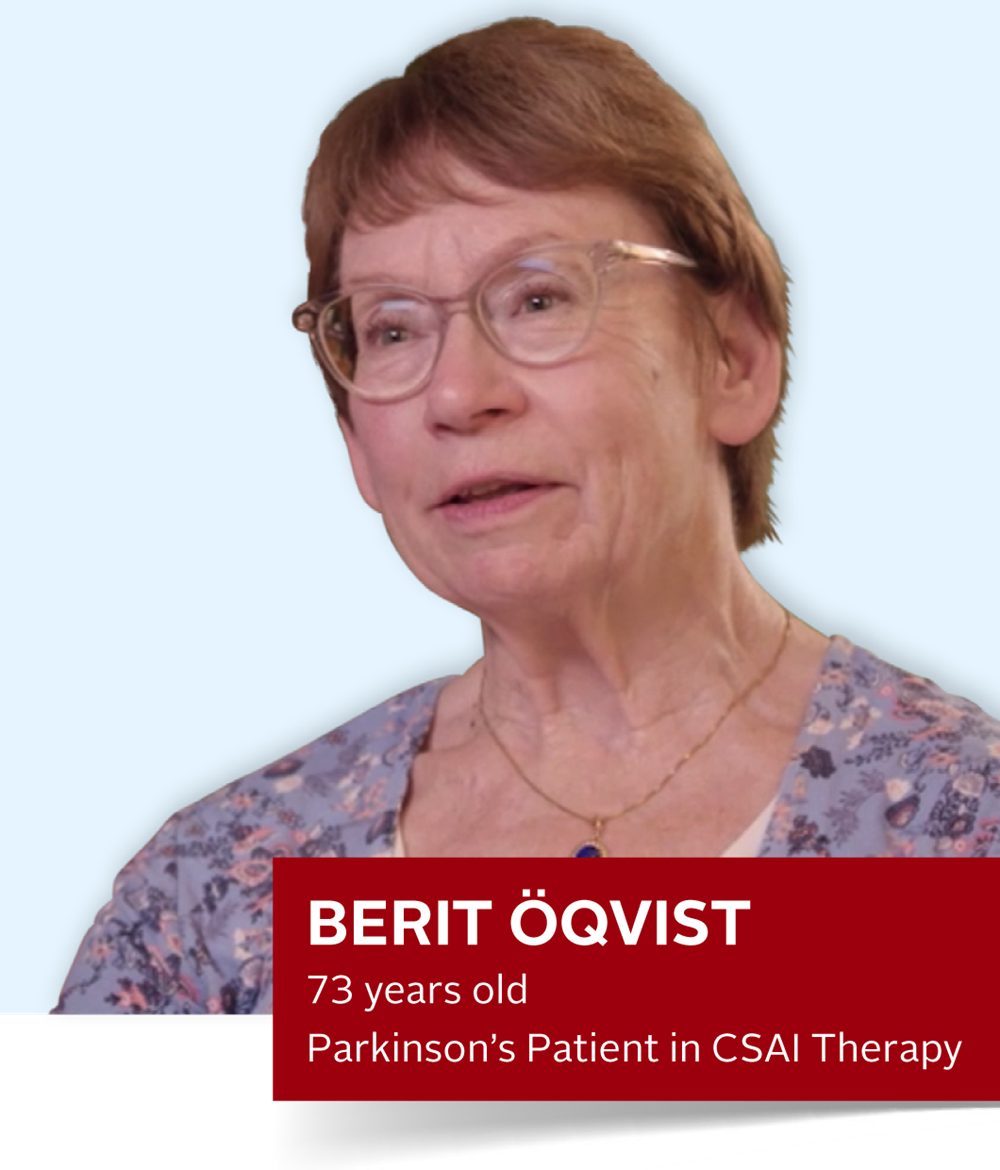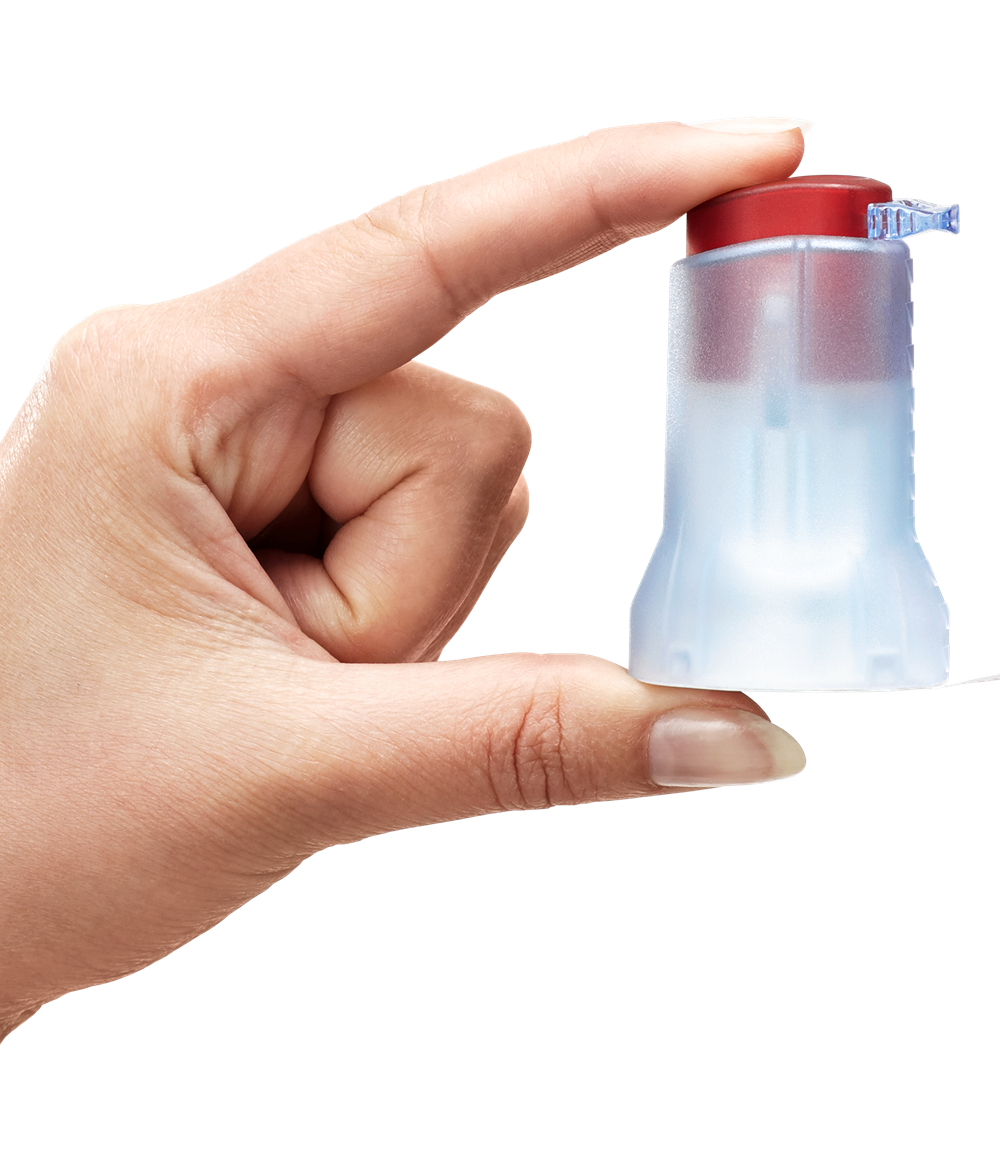Daily life with Parkinson’s Disease
Steve lives an active life with his wife. He plays tennis, loves swimming, and they travel frequently together.
Steve has also been diagnosed with Parkinson's disease and manages his condition with continuous subcutaneous apomorphine infusion therapy (CSAI) using an infusion pump and infusion set.
Learn how Steve manages his daily life and how he uses the neria™ guard infusion set in these short animations.
Tips for travelling
Packing your infusion sets:
- Carry your infusion sets in your hand luggage in case your luggage is delayed or missing
- Remember to carry spare infusion sets for your holidays
- Consider using an infusion set with a disconnect option at site. This gives you more flexibility during typical holiday activities such as swimming.
Before going through the scanner at security:
- Disconnect your pump or inform the security staff about the infusion pump.
Tips for living an active life
When choosing your infusion set, you should consider a number of factors depending on your daily activity level.
-
An infusion set with a disconnect option at site makes it possible for you to disconnect during sports such as swimming or when showering.
-
Check the availability of customized bags for carrying your infusion pump during sports.
-
The tubes that come with the infusion sets are various lengths – consider which length is most convenient for you to optimise mobility.
-
A soft catheter infusion set is recommended for very active people.
Always consult your healthcare professional prior to changing your infusion set. When using a new product for the first time, do so in the presence of a healthcare professional.
Tips for healthy skin
- Follow general hygiene recommendations and wash your hands prior to changing your infusion sets.
- Clean the skin area and make sure it is dry and free of any skin irritation.
- Change your infusion set as per drug indication and according to recommendations from your healthcare professional.
- Use areas for insertion as recommended by your healthcare professional.
- Use a rotation pattern. This helps you remember to use a different place on your body for each infusion set, which helps support skin healing and minimizes any skin reactions.
- Check your infusion site frequently. Ensure that the adhesive is sticking well and that there is no redness or irritation around the site.
- Do not use a site that is red, irritated or has nodules.
My PD story - Berit Öqvist from Sweden
Berit Ögvist has been diagnosed with Parkinson's disease and is in pump therapy with continuous apomorphine infusions.
For Berit, the switch to neria™ guard improved her quality of life. She felt more secure with her treatment and loved the simple insertion technique.
"The biggest difference between the infusion set I had before and neria™ guard is that I can press a button and the needle goes in. I don’t have to press the needle in myself." says Berit.
Watch her story and learn more about infusion therapy with neria™ guard.


Are you struggling with your current infusion set?
Do you find it challenging to change your infusion set and difficult to remember how to insert the cannula correctly? Does the needle make you anxious or nervous?
Consider the following:
-
An infusion set with fewer steps makes it easier to remember how to insert the cannula and use the set correctly.1,2
-
A soft cannula infusion set instead of a needle is more comfortable to wear and does not scratch the skin during insertion and removal.
-
An infusion set with an automatic insertion aid hides the needle and inserts the cannula for you.
1. D020-000144 Summative Usability Test Report, August 2017, Data on file, Unomedical a/s, 2. User preceptions and preferences using the neria guard infusion set compared with conventional infusion sets indicated for the treatment of Pain, Parkinsons Disease, primary immune deficiencies, Thalassaemia and mild/ moderate rehydration (Hypodermoclysis), April 2019, Data on file, Unomedical a/s.



